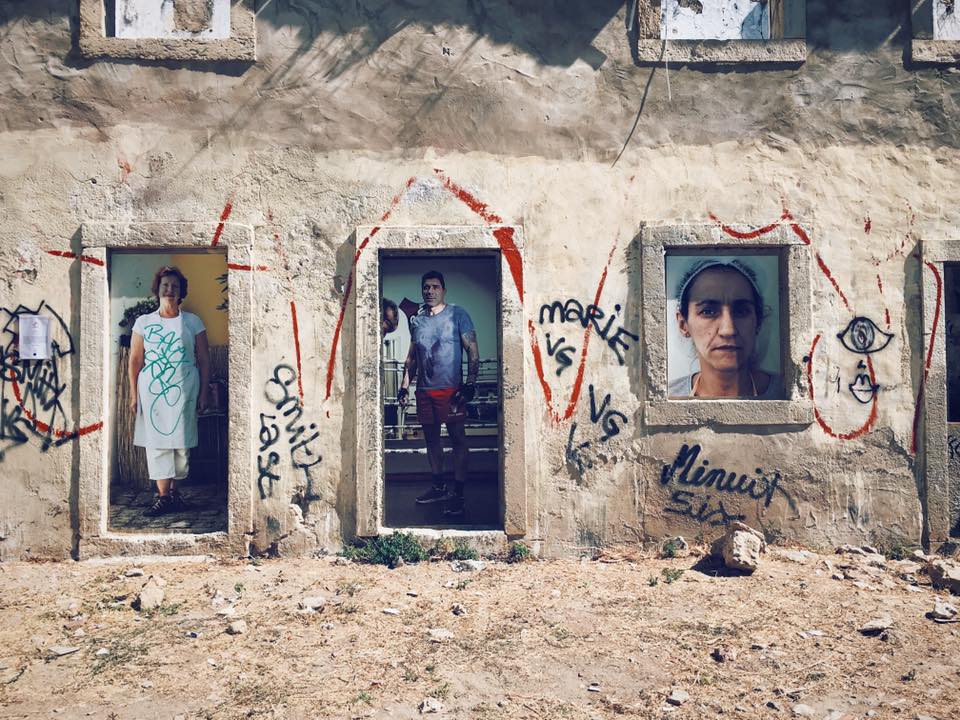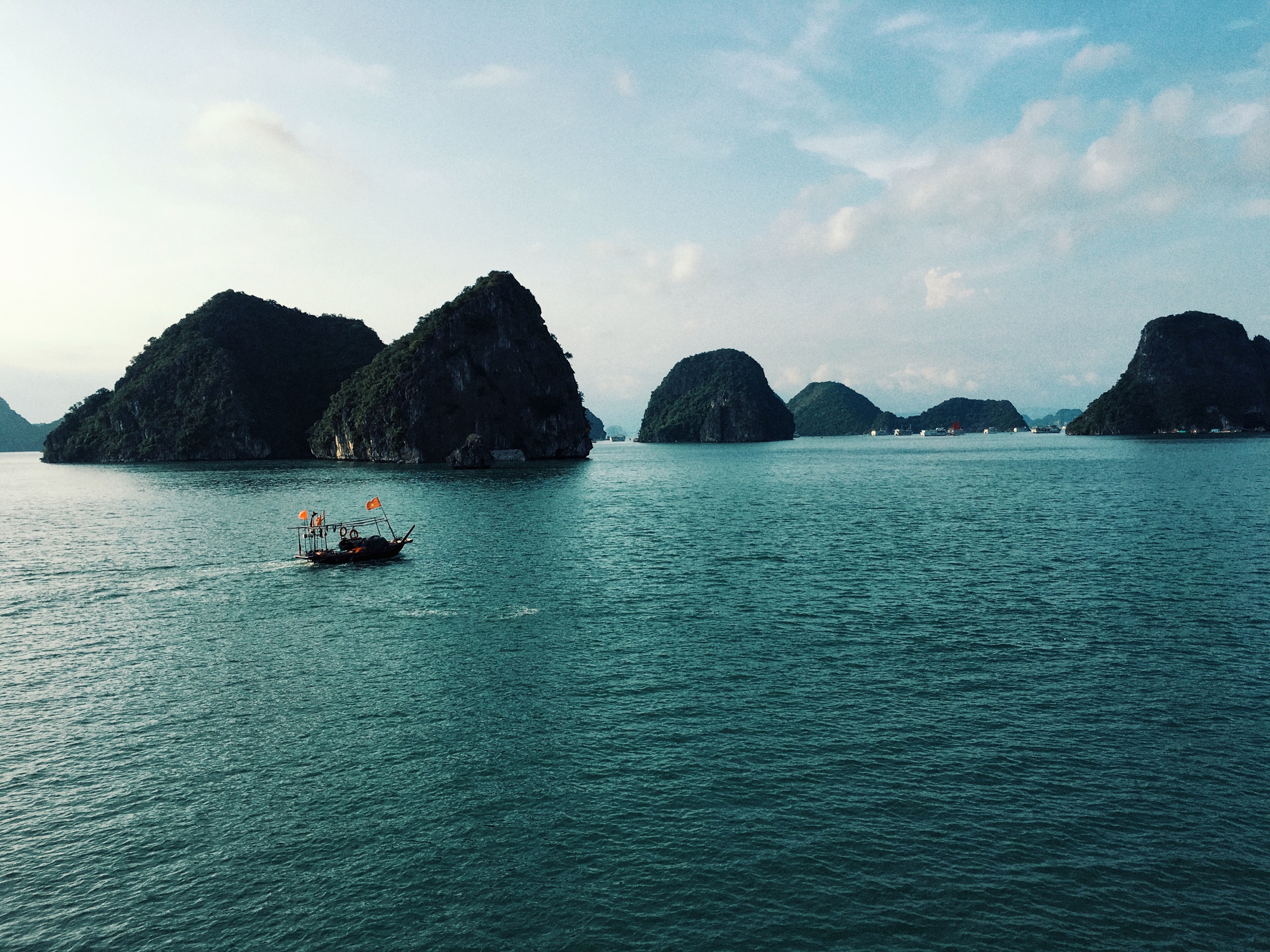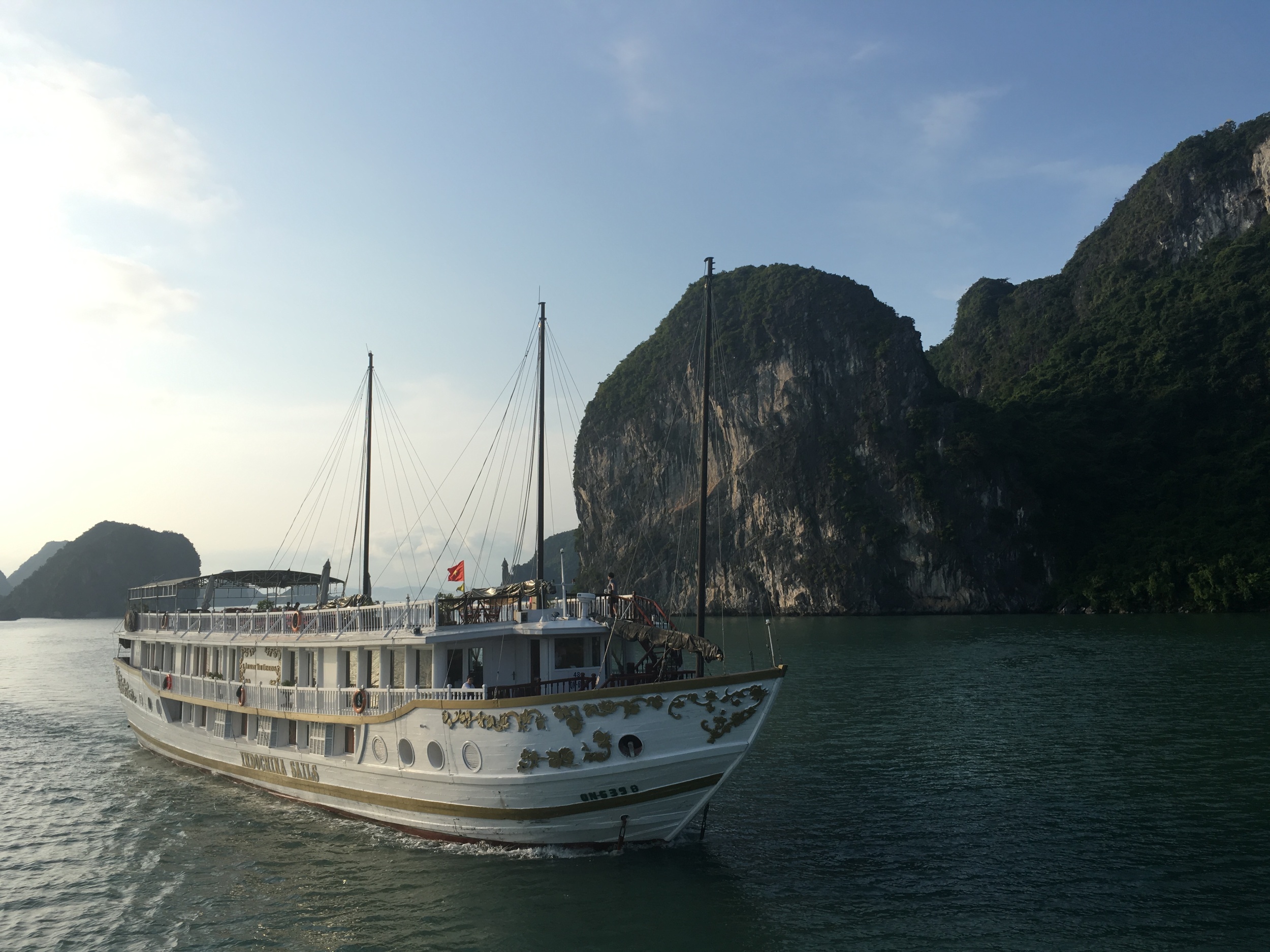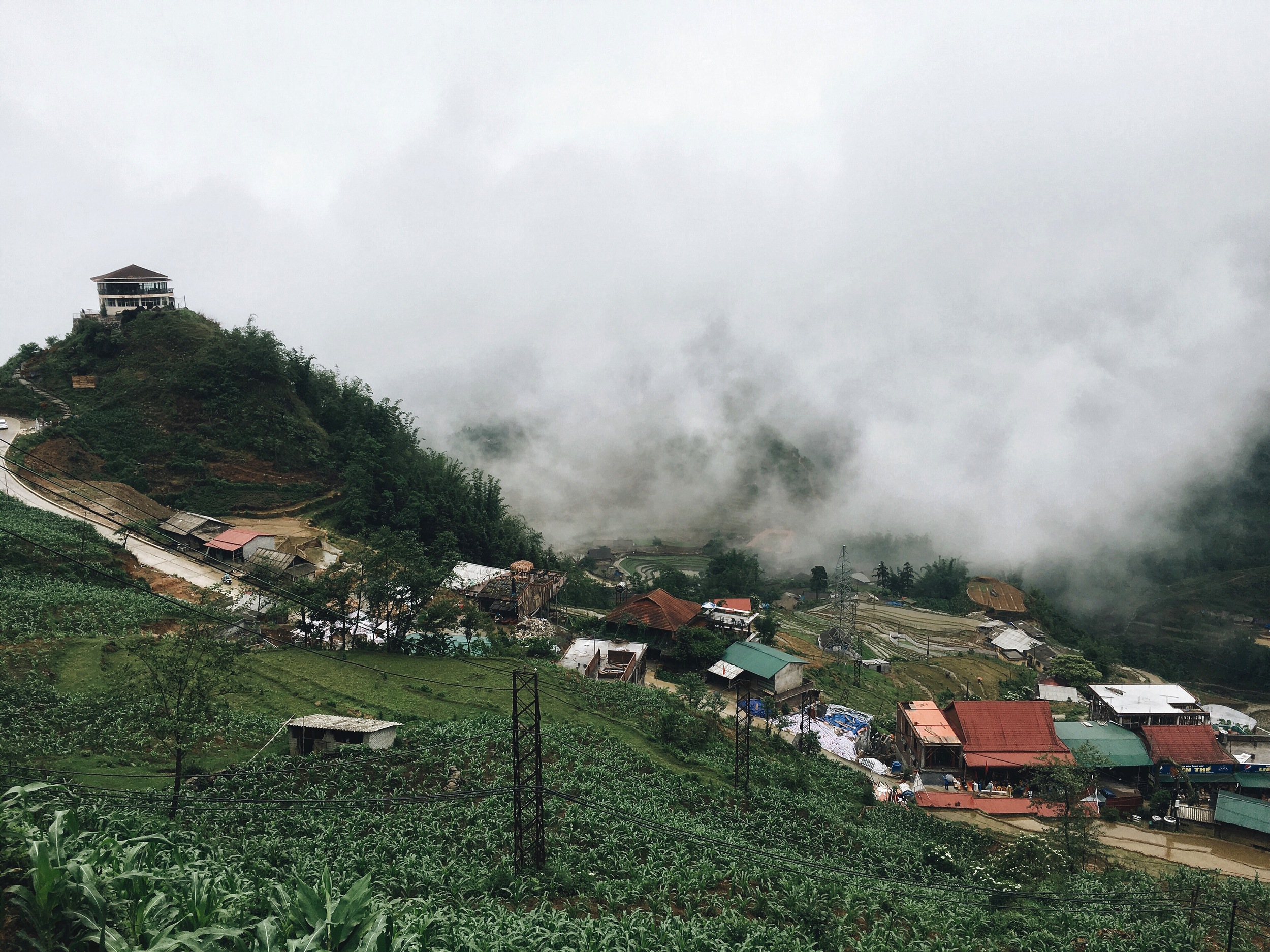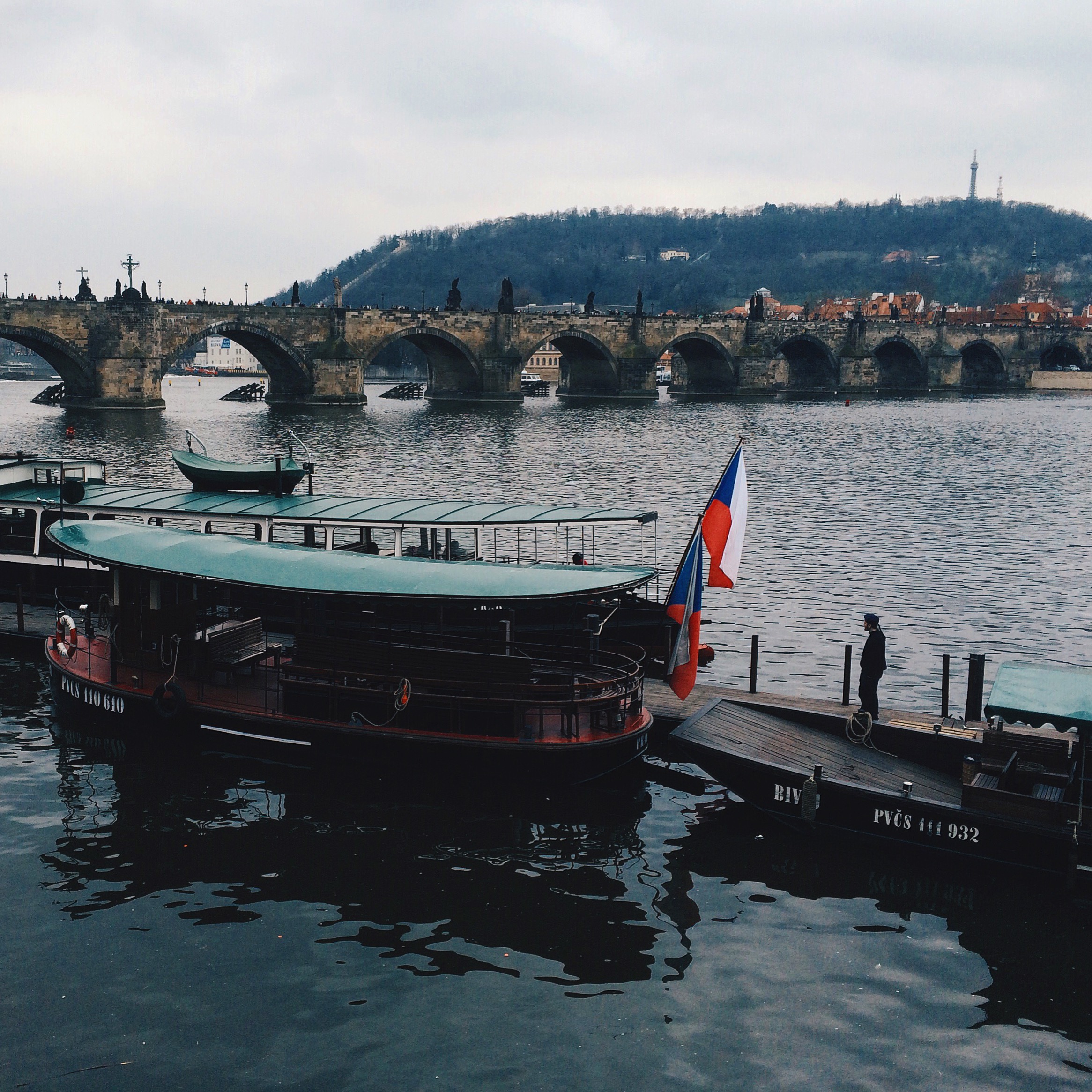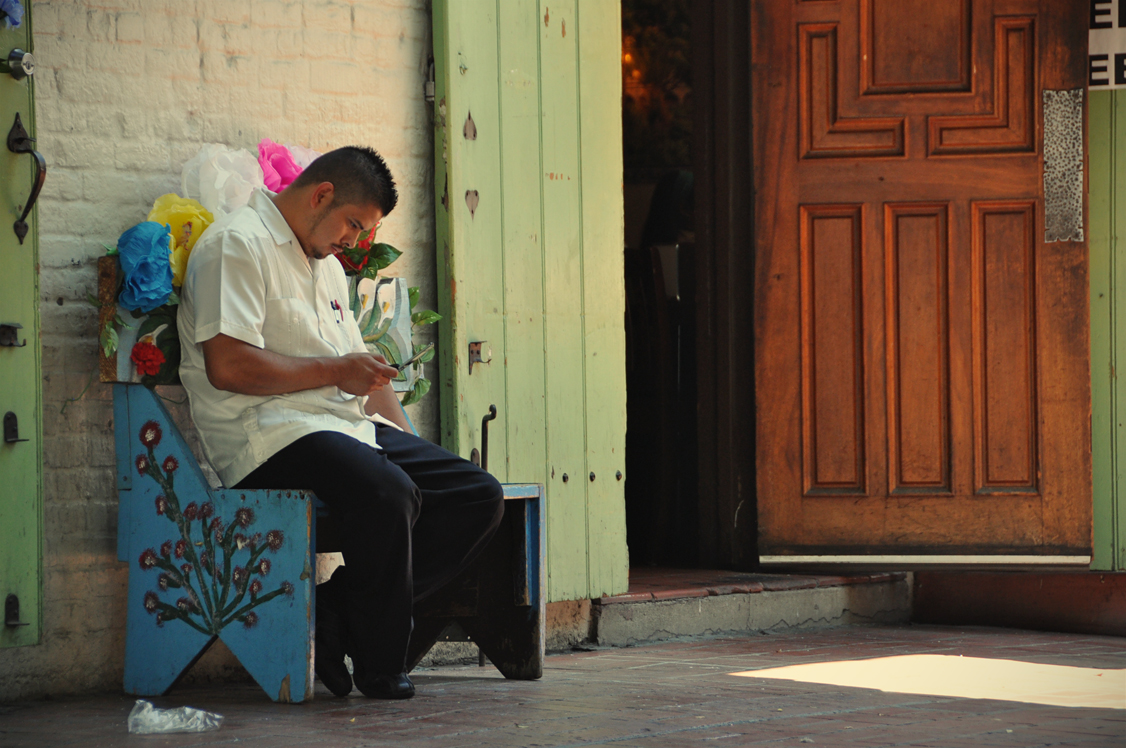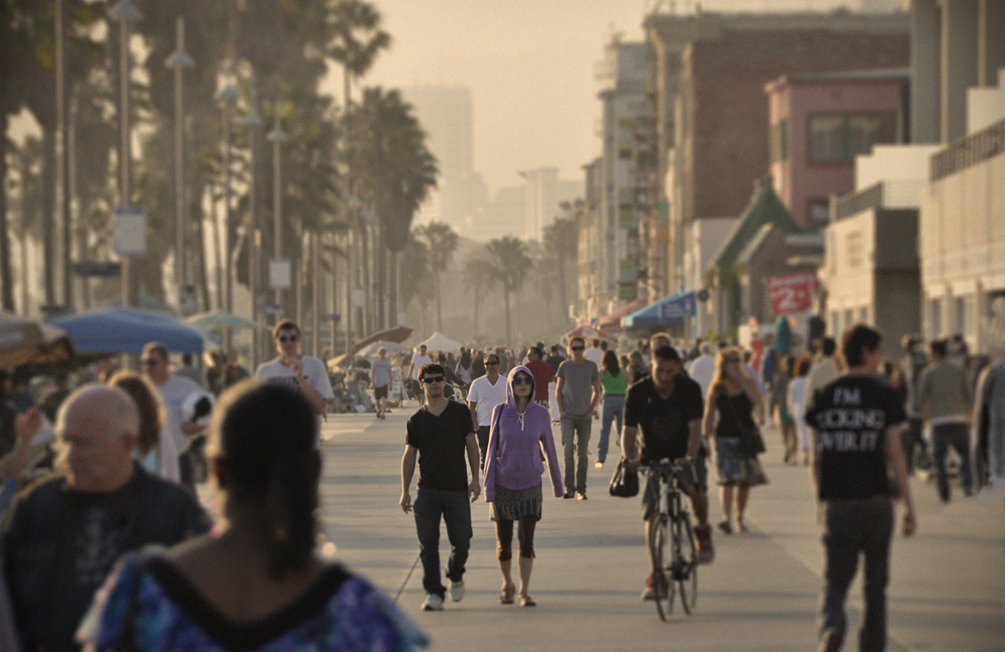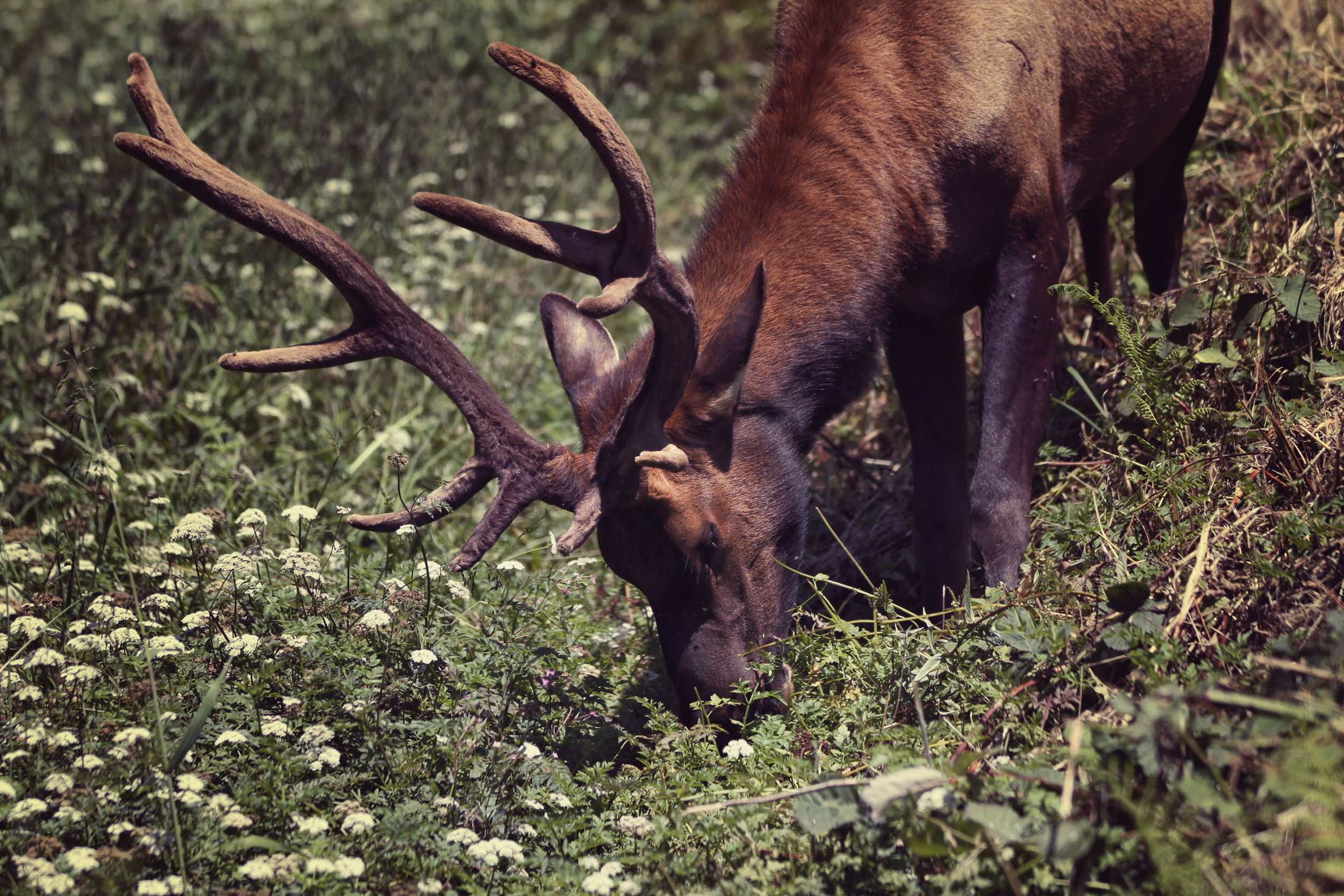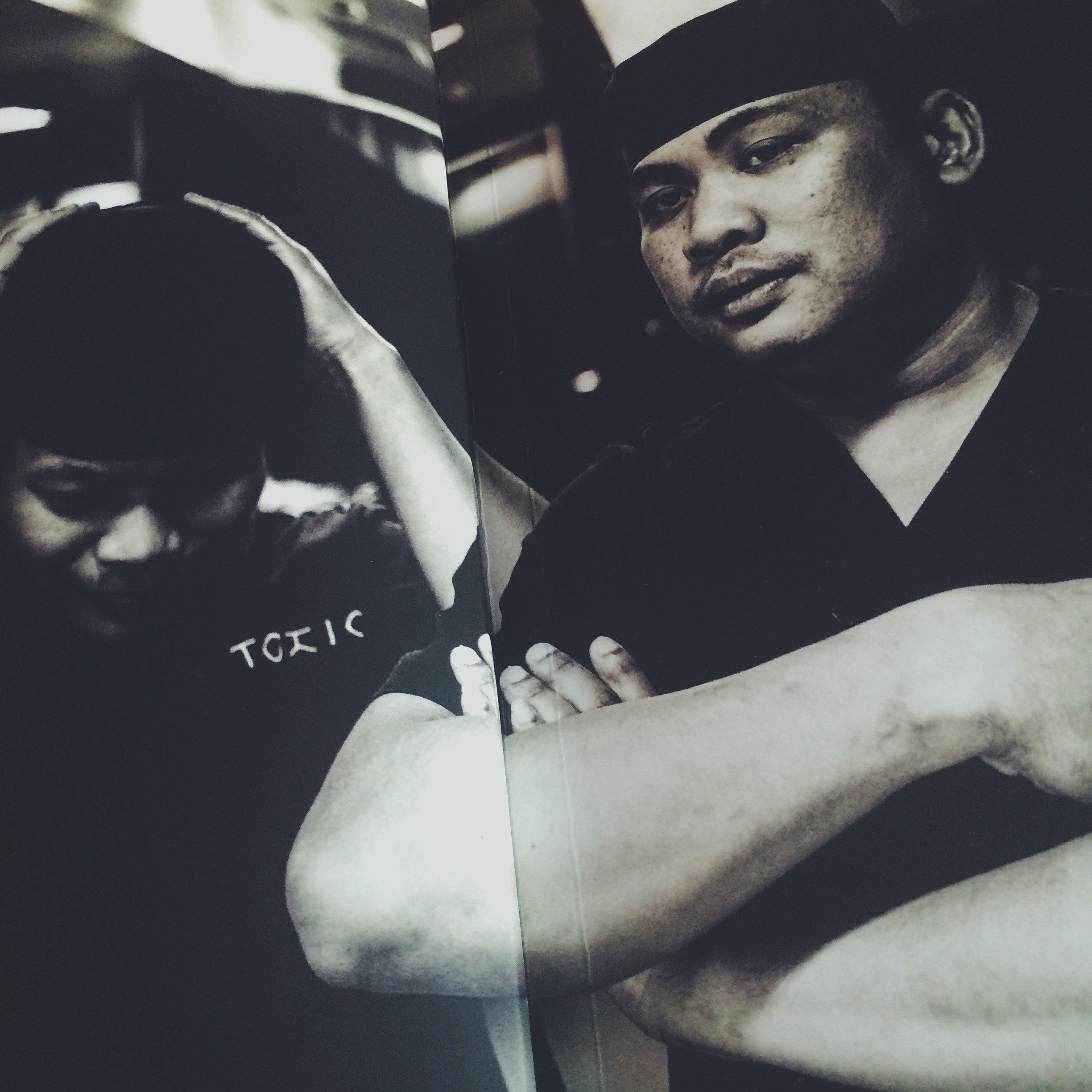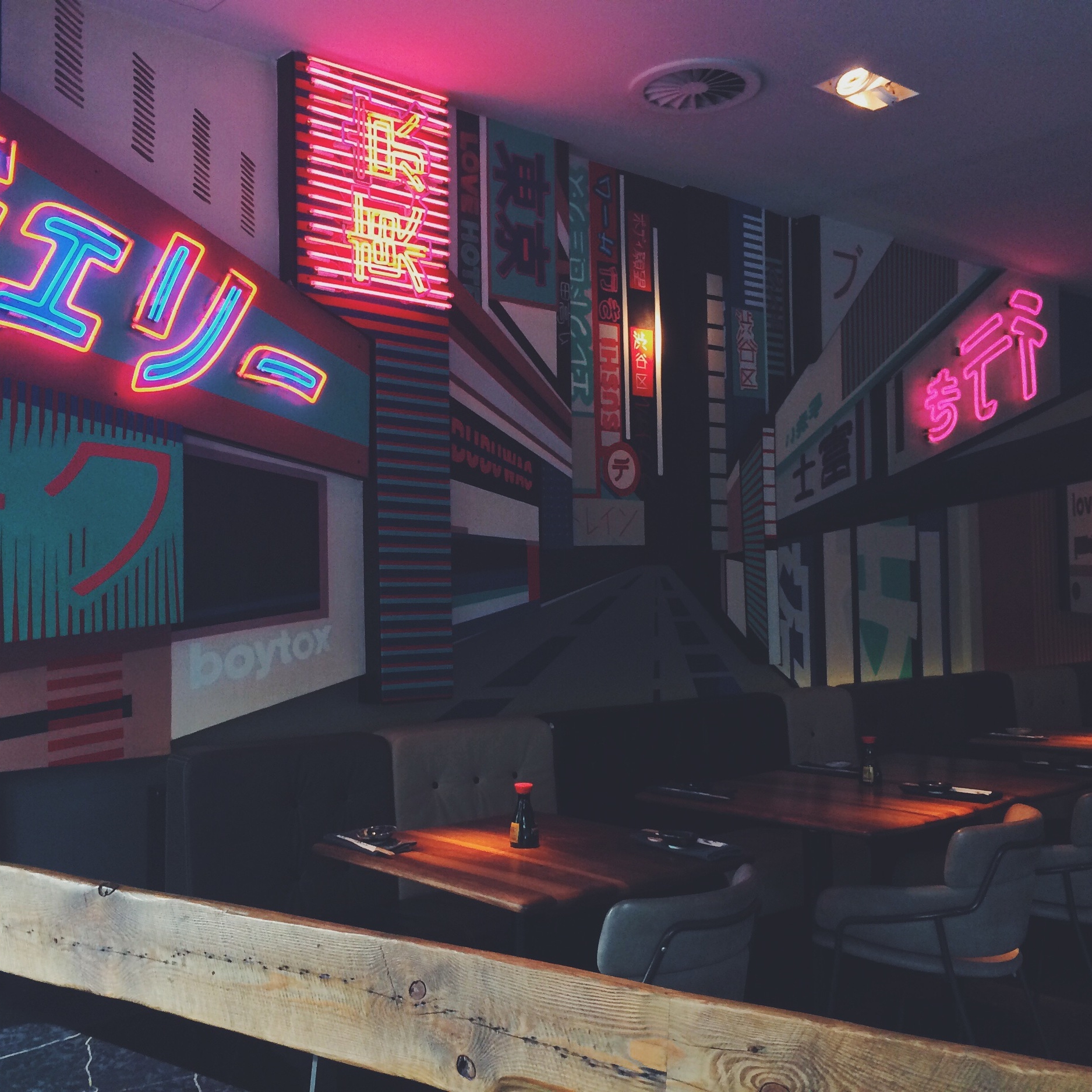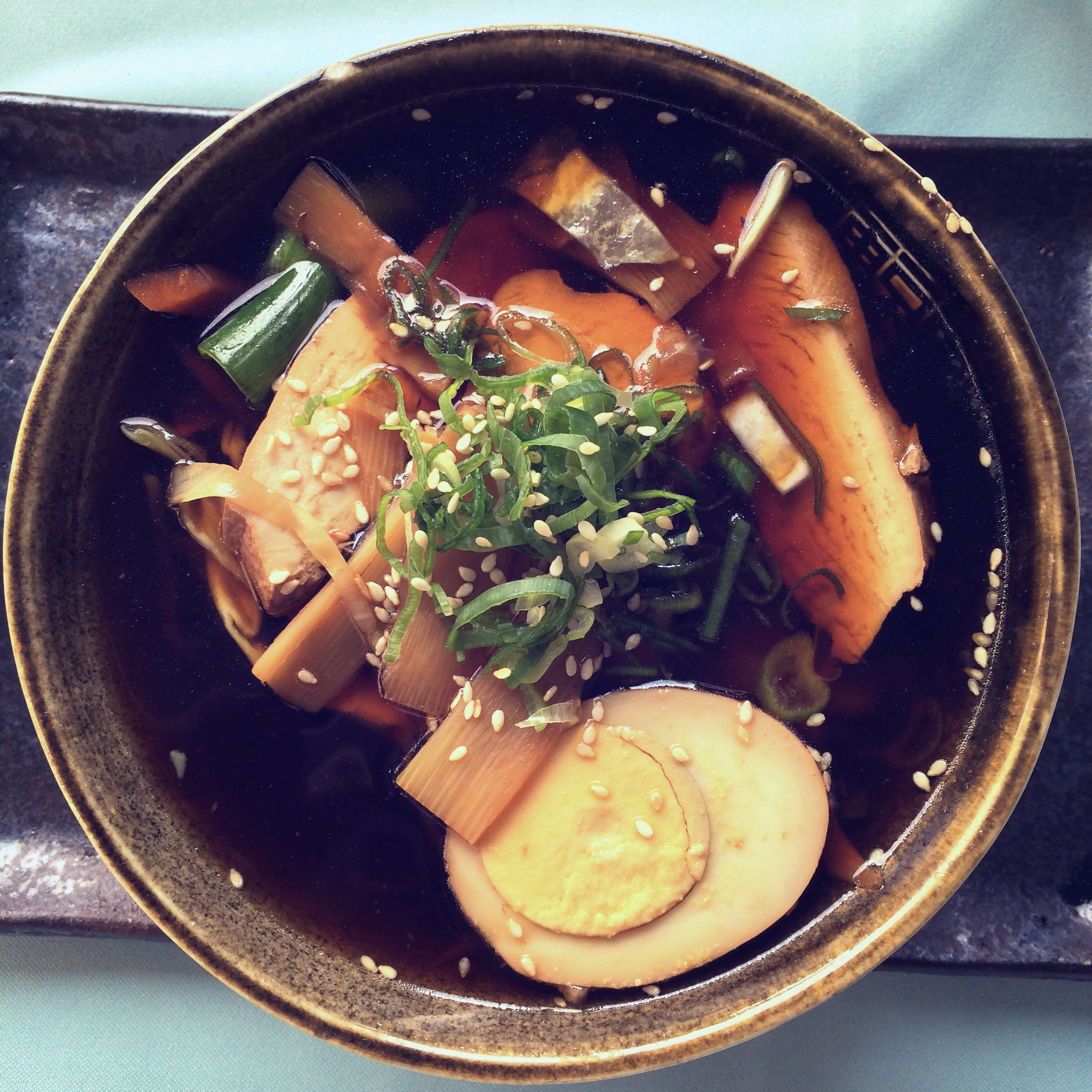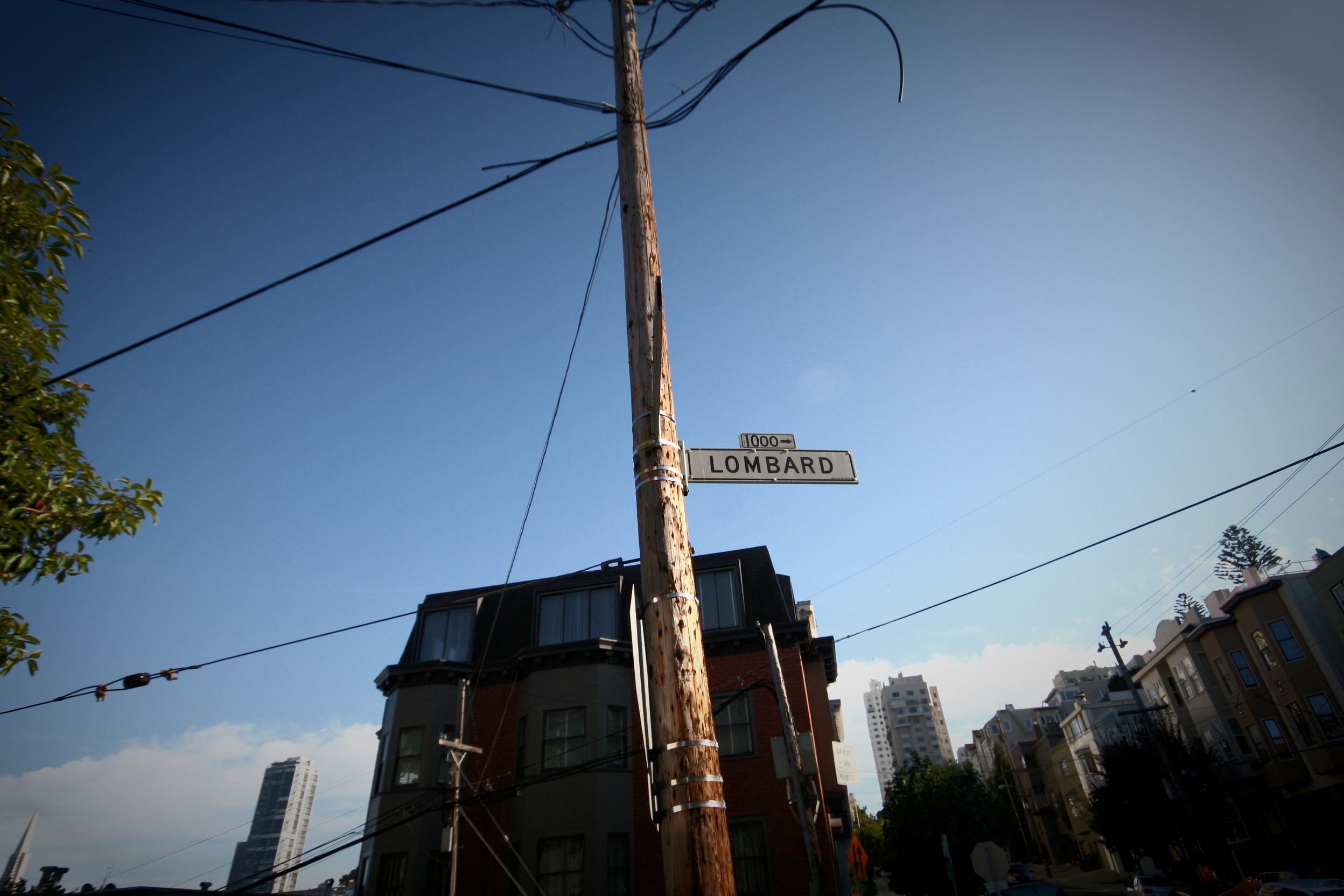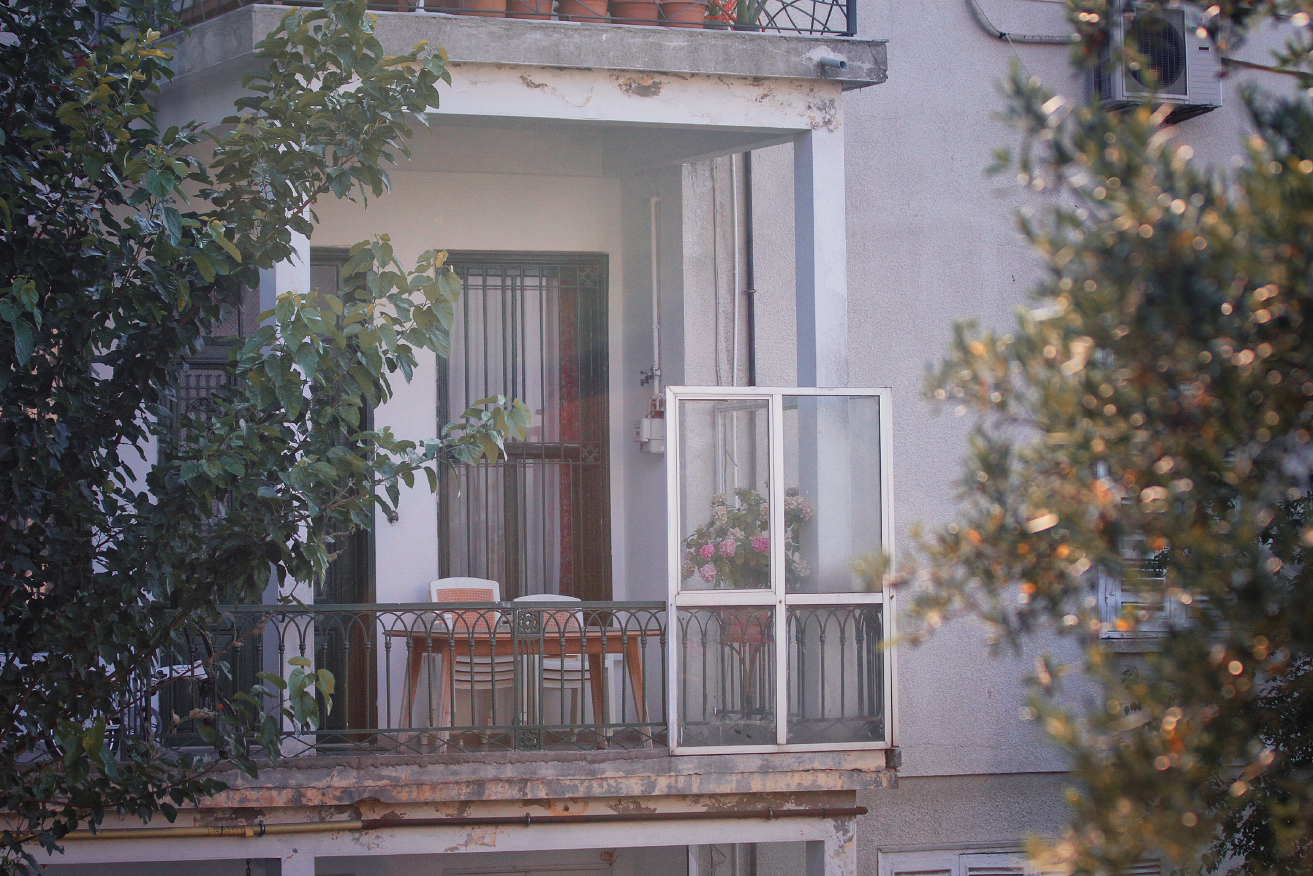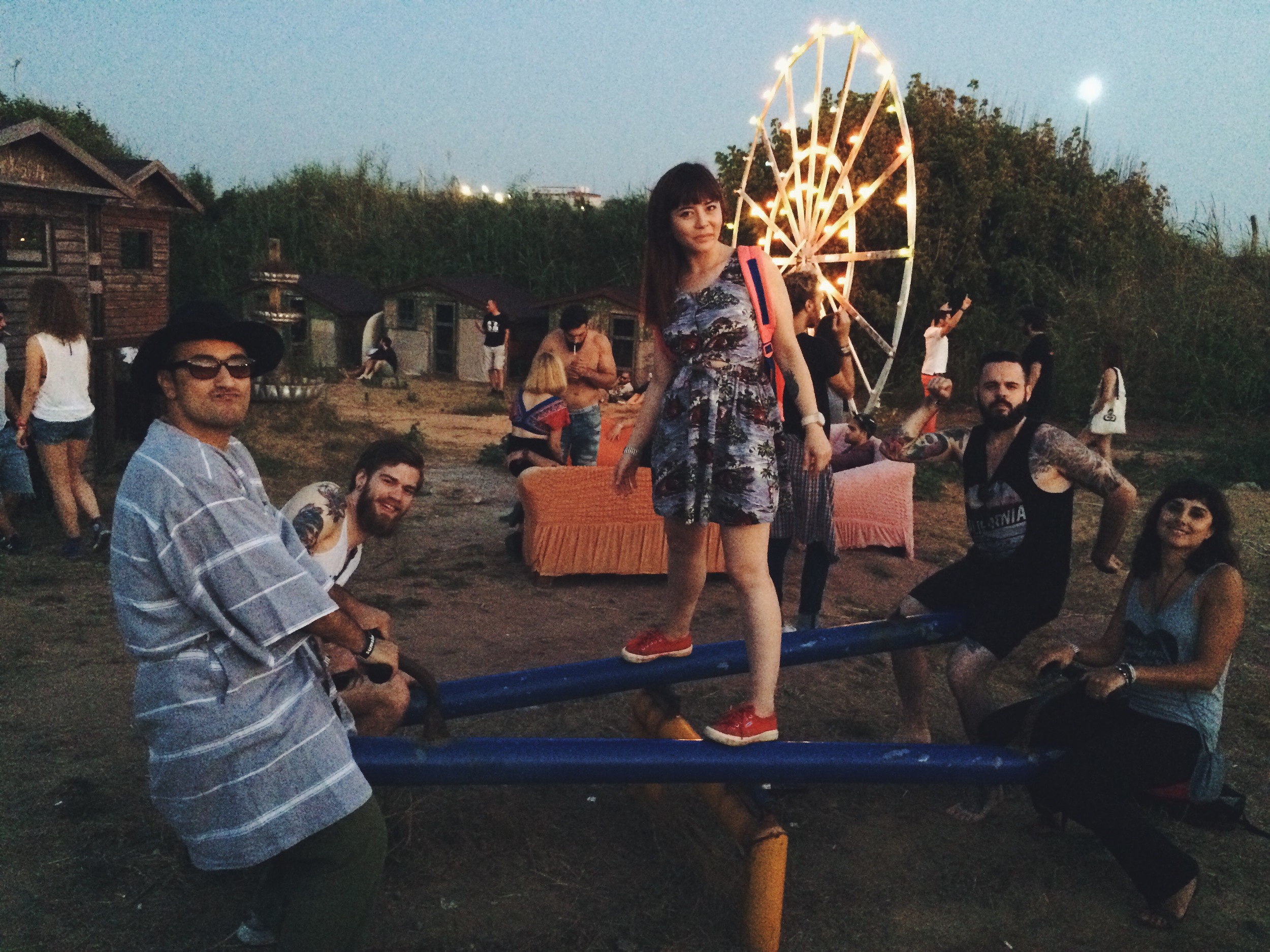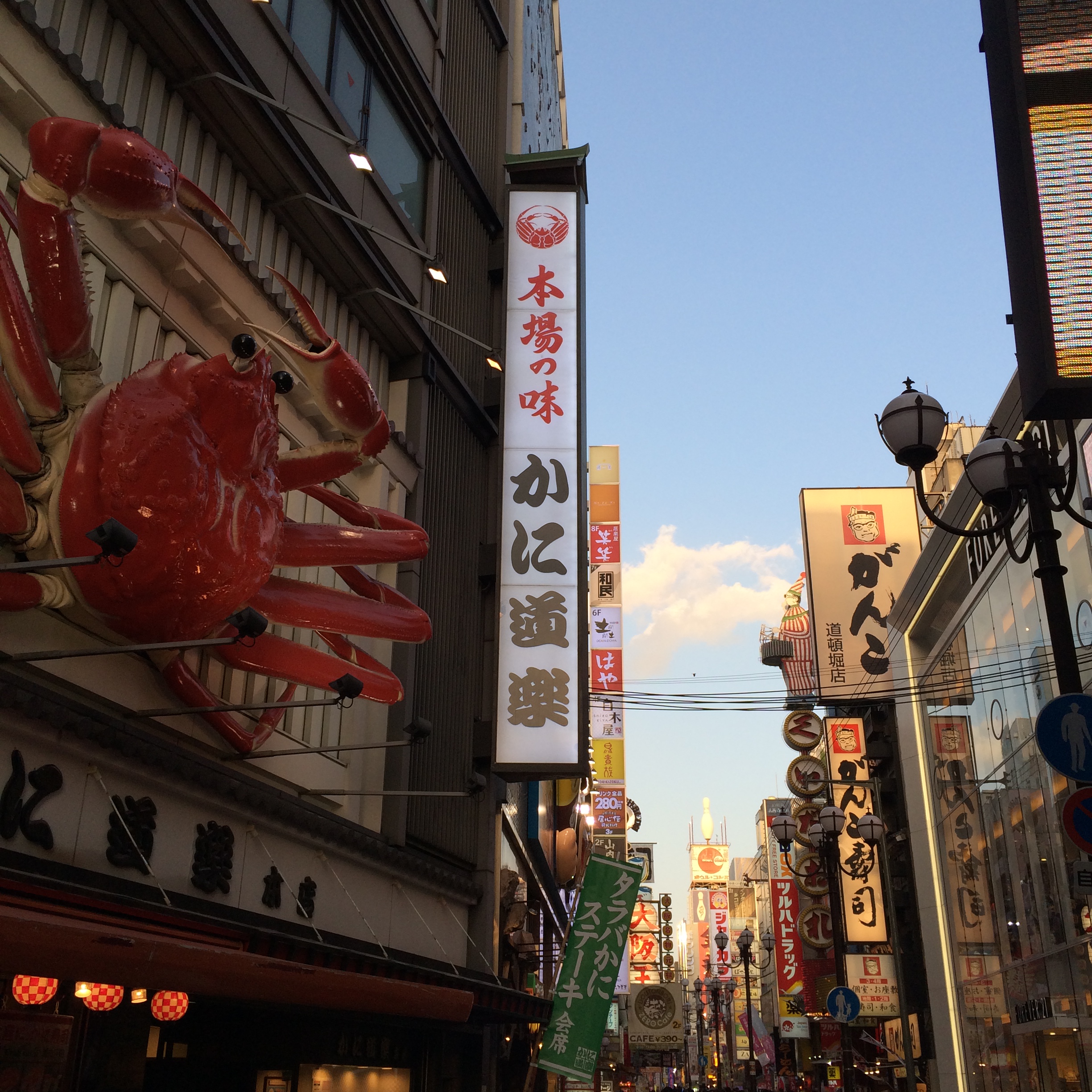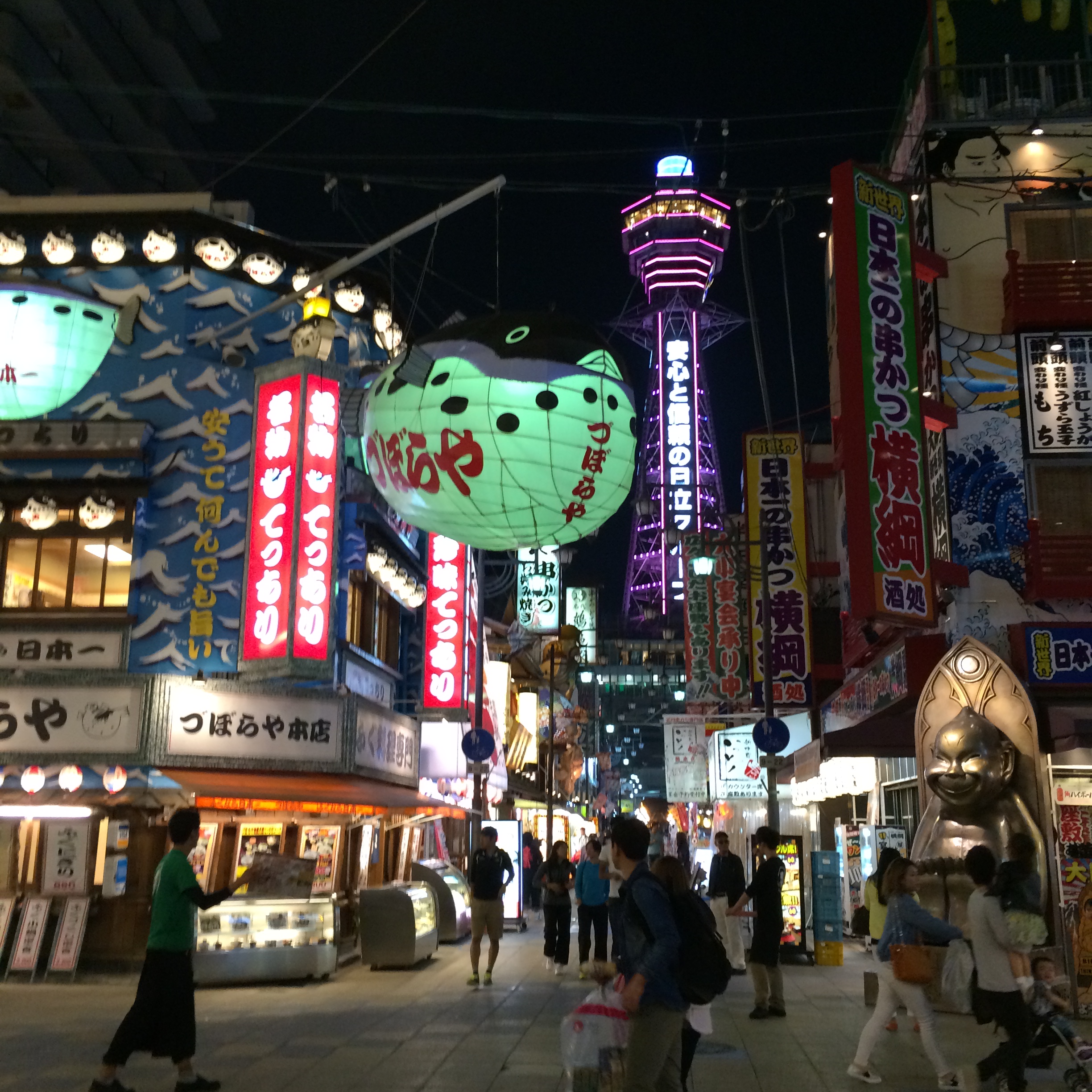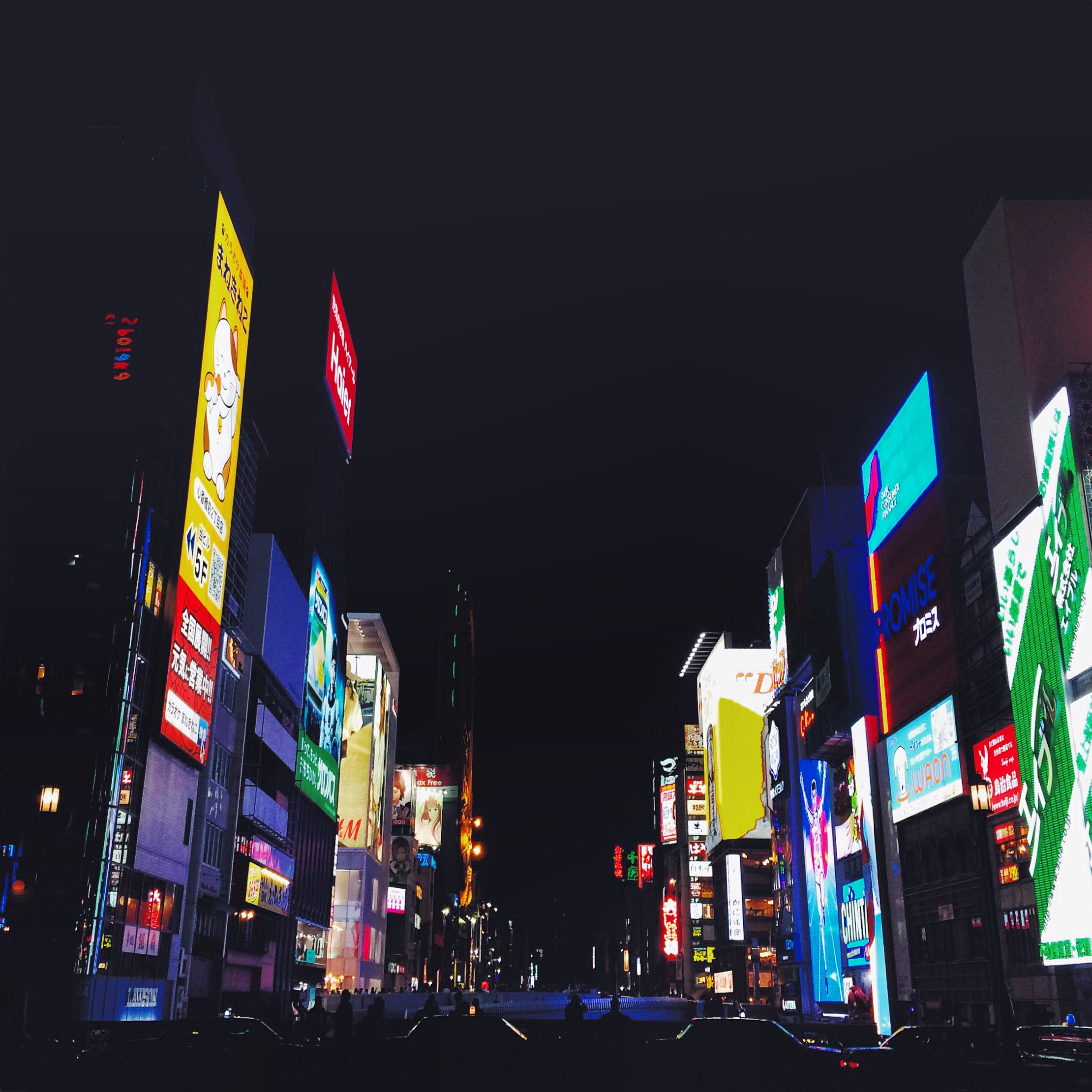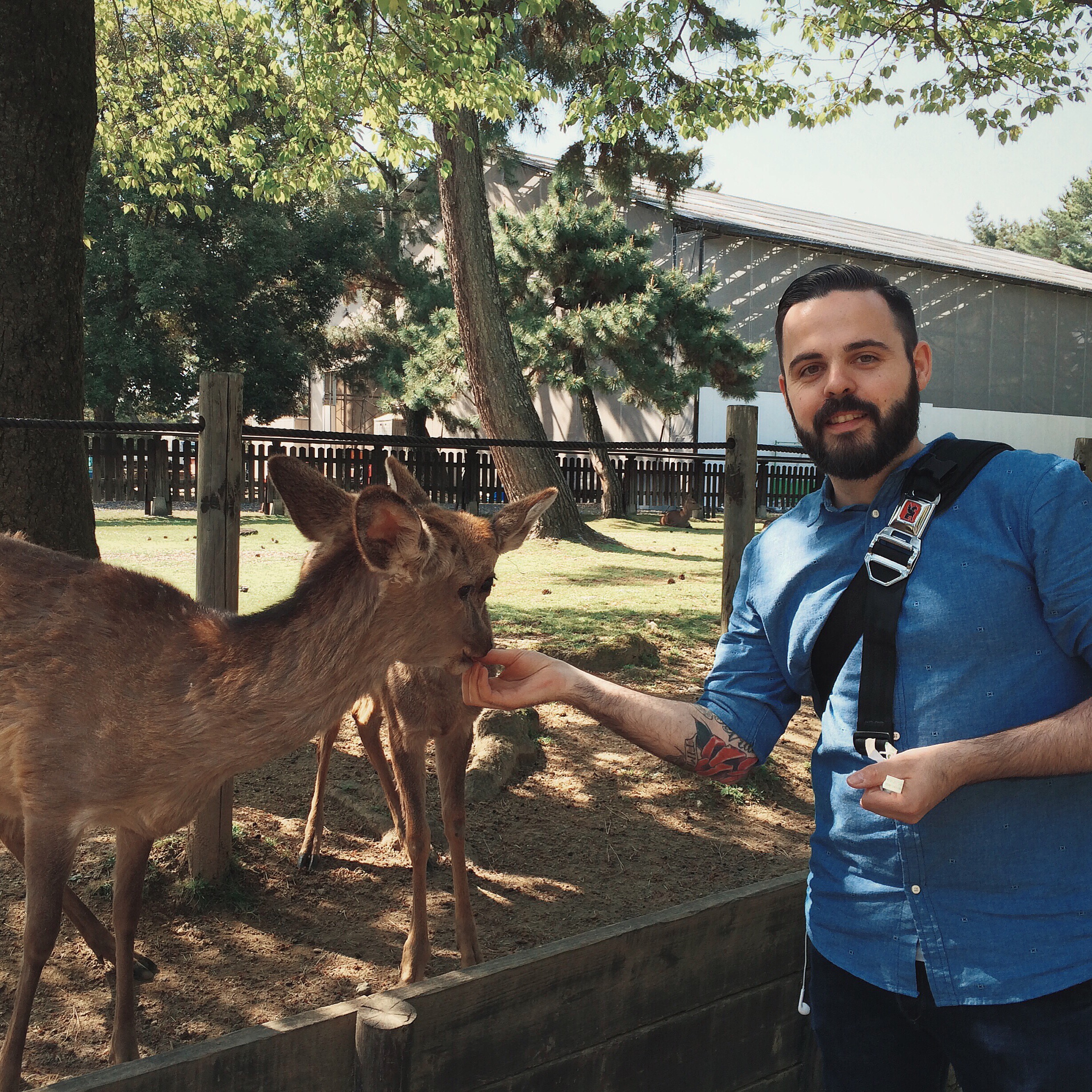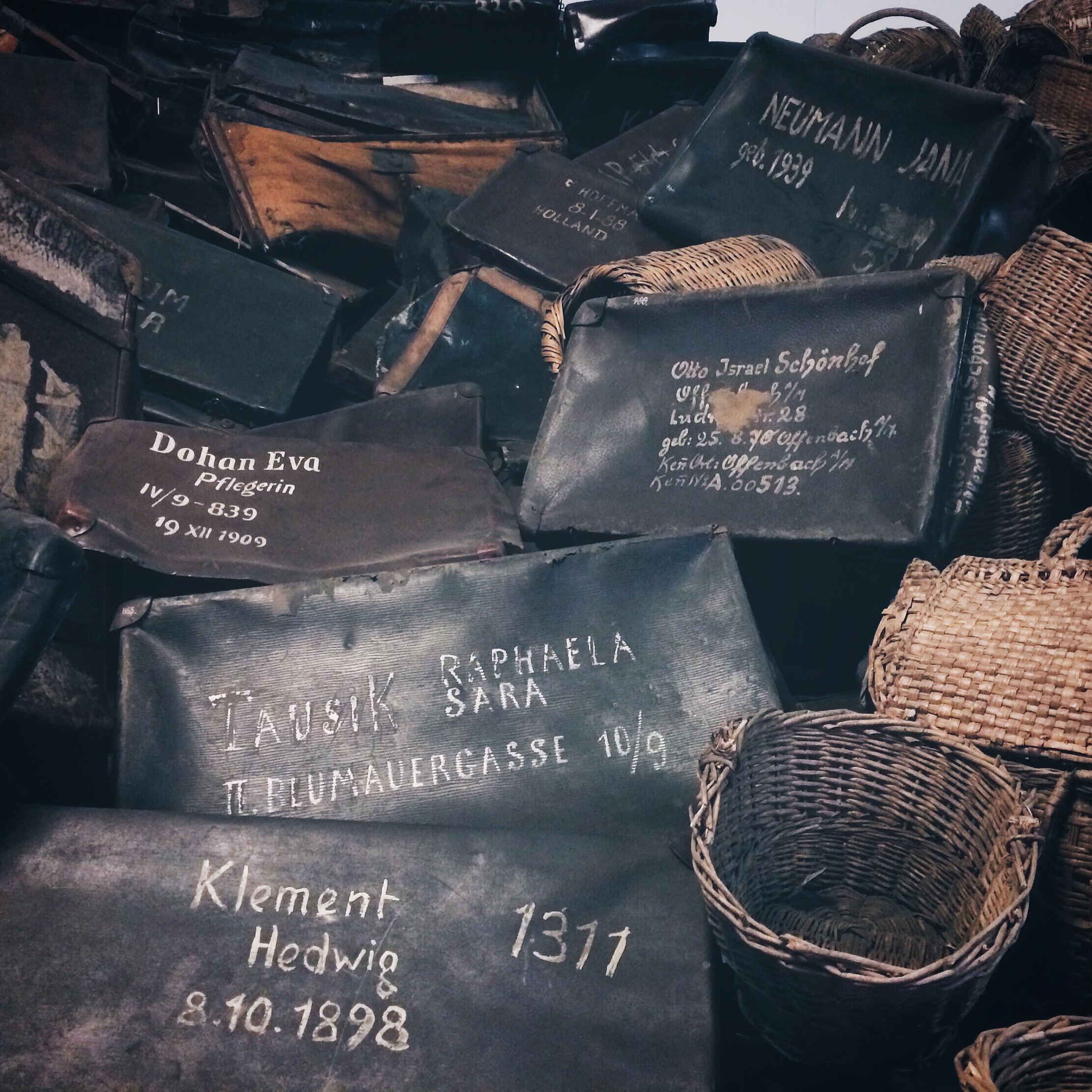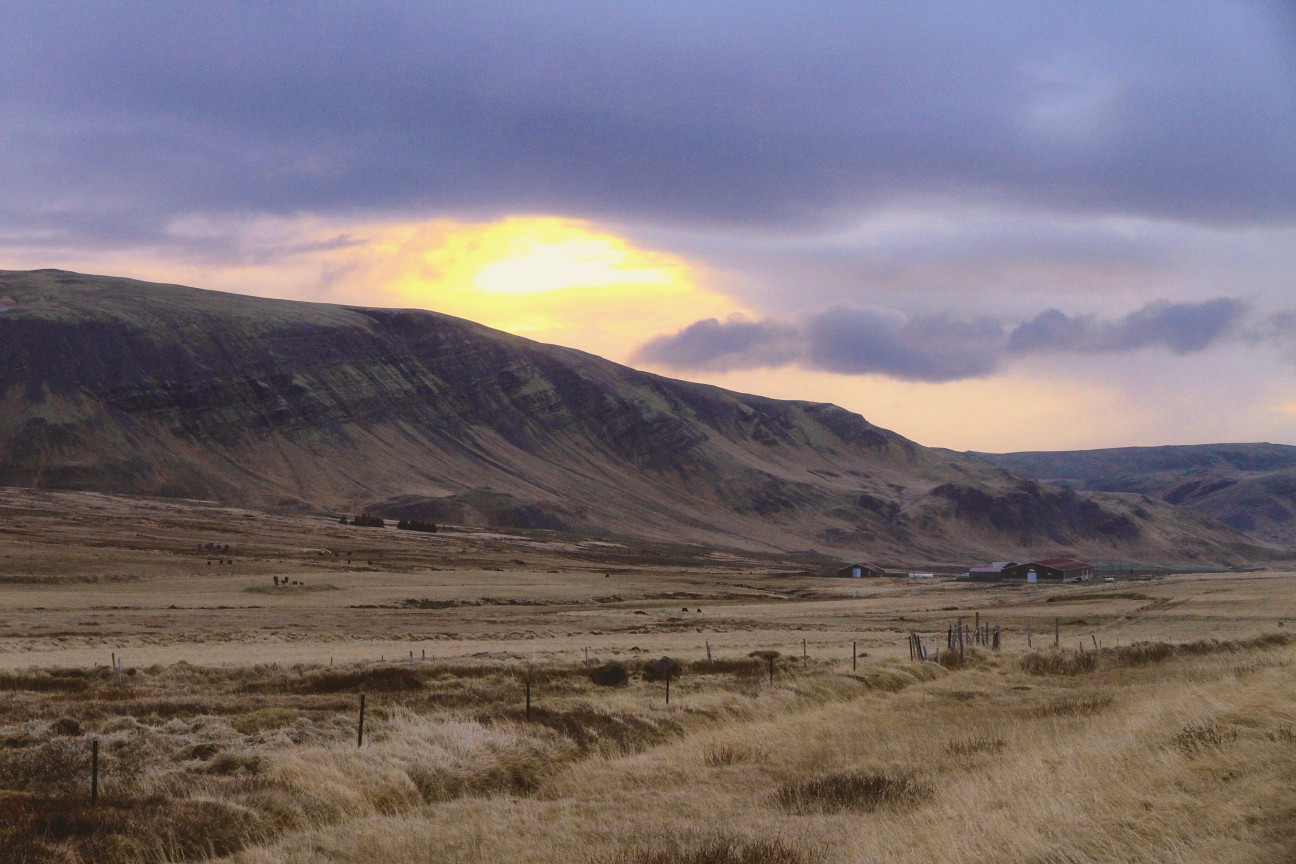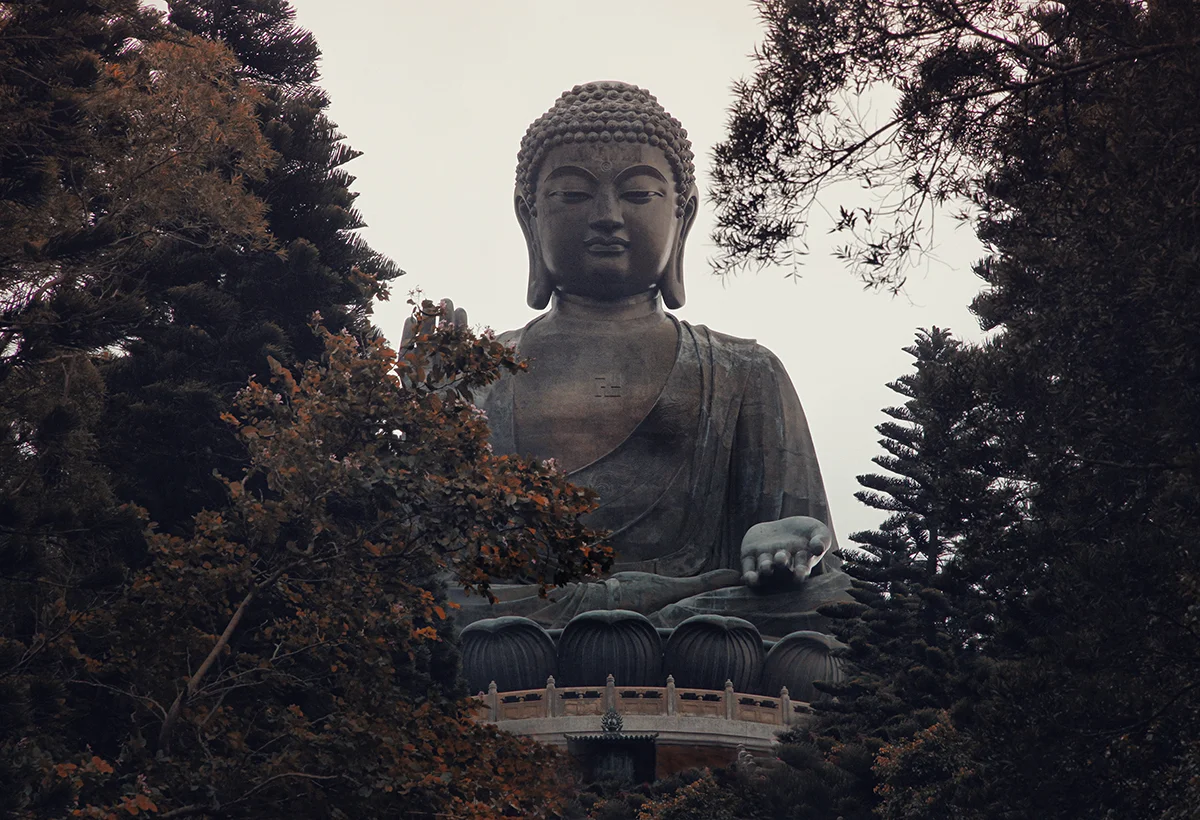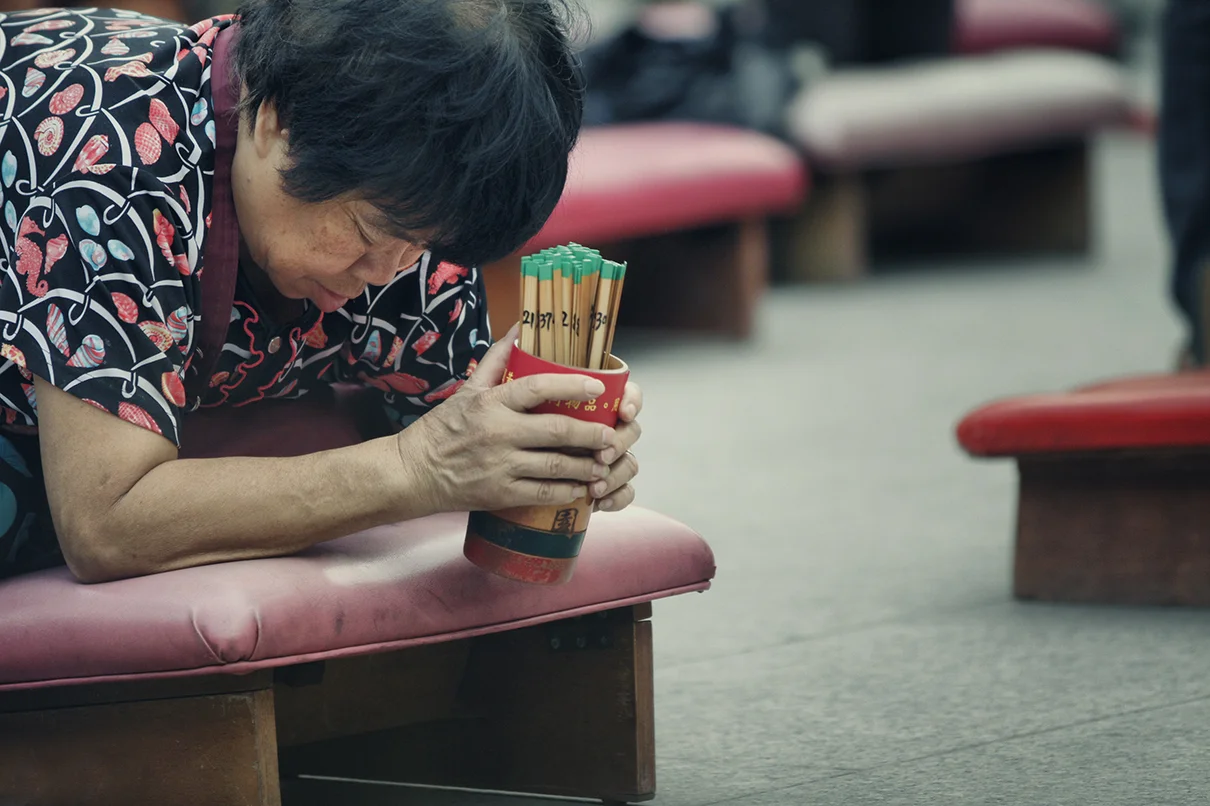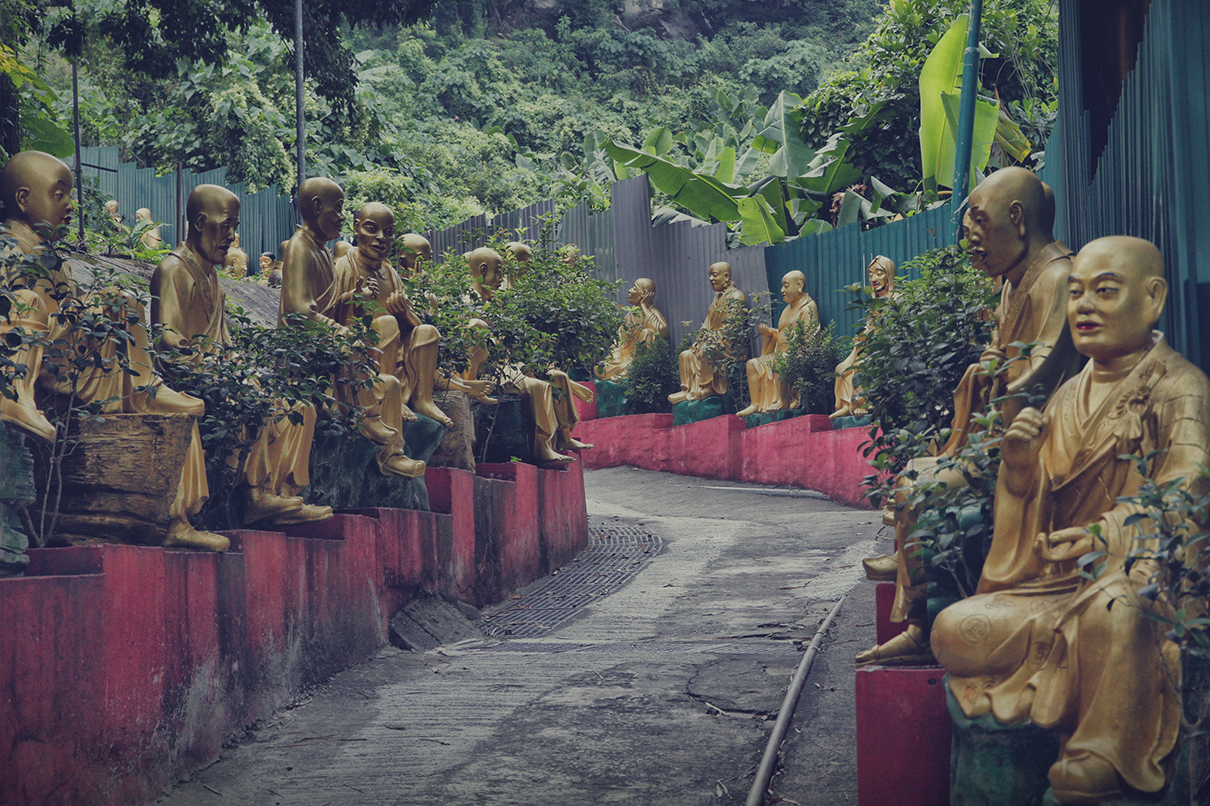Despite the fact, that I grew up in Luxembourg around a numerous amount of portuguese people, while hearing their language on a daily basis and getting partly in touch with their culture, it still took me 34 years to discover the beauty of Portugal's capital Lisbon.
For too many years, relatives and friends, were talking about traveling to Barcelona, the catalonian capital. Rarely my friends used "Lisbon" to pinpoint their next destination. So after my recent trip to Portugal, all I can tell is that "Lisbon is going to be the next Barcelona".
Talking about a hip city? Lisbon is hip! Partying with a mediterranean flair? You get it in Lisbon. Delicious mediterranean cuisine and its matching wines? Lisbon, check! Traveling on budget? You won't find cheaper than Portugal.
Maybe I was just lucky, for having met amazing fellow travelers in Lisbon. The weather definitely was on my side, during my 5 days in the capital of Portugal. I had the best stay, i could have ever expected, at the "YES HOSTEL" very nearby the Praca do Comercio.
I don't really know what made my journey in Lisbon so special, it just must have been the whole package.
Getting out of the hostel, and walking two blocks south, I met up with my best friend at the Praca do Comercio. It's a large public place, with an old historic arch leading to the main shopping street of the Baixa district. But passing the Praca do Comercio will lead you to the shore, where you can have a summerish cocktail, and enjoy the stroll towards the docks {docas}, or the famous "Ponte 25 de Abril" bridge. Almost any tiny alley that will lead you north to Bairro Alto, is packed with unique gems: bars, bakeries, tiny traditional restaurants, clubs. Just explore the whole area, and learn how to enjoy the diversity of the colorful capital.
On my first days, I visited the Alfama district twice. Just after passing the busy main shopping street of Baixa, the first alleys will get very steep after a couple of hundred meters. The different paths will lead you to the top of the "Sao Jorge" castle. Sadly the entrance fee to the castle isn't cheap, so don't plan on visiting it twice. I would recommend it, for taking scenic photos of the city. If you've visited a castle before, this one won't be a lot different. But you get a bunch of impressive overlooks.
The prettiest part of Alfama for me, were the different street art spots or urban art installations. Whole Alfama is packed with uban art. While looking at the colorful murals, you will hear the different trams passing by. The old tram lines definitely bring a unique charm to the capital. In my opinion it's an important part of the city's landmark, like the cabs of London. Expect at least half a day to explore the prettiest corners of Alfama. Have one or two port wines on one of the few scenic terraces or patios, have a mediterranean lunch, and listen to some Fado. You will love that district of Lisbon.
From the city center of Lisbon, you can easily catch a short train ride, and visit Belem or Cascais, two beautiful gems which are definitely worth a visit. Sadly I jumped on an express train, which didn't stop at Belem, and I was just too exhausted to switch the train for a 3rd time.
The same train line, takes approximately 15 minutes to Belem, and 45 minutes to Cascais. The one-way ticket to Cascais only costs 2.20 Euro (3 us$). However if you plan on visiting around mid-day expect long waiting queues in summer. A lot of tourists and locals plan on visiting the beaches around Lisbon. I waited at least 40 minutes to get a ticket, since the metro-card won't work for the train lines.
After having jumped off the train in Cascais, I felt like i made it to the "Santa Barbara" of Portugal. The streets of Cascais looked fancy, lots of beautiful people on the beaches, infinite lines of white buildings and hundreds of shops. How can you not like Cascais? It surely attracts too many tourists in summer, but the views, the sun, the beaches are all worth it. A 30-40 minutes walk from the train station will lead you uphill to the "boca do inferno", an impressive shore of seaside cliffs, a total different nature-spectacle compared to the fancy beaches downtown.
I can't tell anything about Belem, but all the locals told me to check out the Belem tower, and enjoy the famous "pasteis de belem", a culinary highlight.
So much different parts of the city to check out during hot summer days. But what about nightlife? Except the nightlife of "Bairro Alto" I haven't seen much of the busy spots, which wasn't bad at all actually. I had an amazing time at the "YES HOSTEL". Every evening I could enjoy wine, port wine or delicious sangria for 1 Euro a cup... yep, you got it right, 1 Euro only! Around dinner time, 8pm or 9pm all the guests of the hostel came downstairs to the bar, to start the evening. Just standing at the counter and ordering a drink, made you bump into travelers and start a conversation right away. I met a lot of lovely travelers from Sweden, Canada and Germany. After having met the first time on my first night in Lisbon, we met up every other evening for a couple of drinks, and went out to different parts of the city. Some were quiet, some were busy.
The Bairro Alto block, was definitely very very busy on the weekend, too many bars and too many people. Actually it was a good place to go out, but as a tourist it was hard to tell which bar to choose. The drinks weren't the best ones, but cheap. So in Bairro Alto is was quantity over quality, the perfect spot to get wasted. I would say it's the place where people go "hunting", you could smell the flirting on every corner.
I did like the "House of Gin" [or the "vintage gourmet" which is the name of restaurant]. Nuno, the barman, had an impressive knowledge about gin, and easily owns over 150 different gins from all over the world. I had the chance to try a couple of gins, which I couldn't find nearby the place where i live: Brooklyn Gin (USA), Nao Gin (P), Adamus Gin (P). Of course the drinks weren't cheap, expect to pay 10-13 euro for a drink. I guess those are the prices you'll have to pay all over Europe for a fancy gin & tonic.
Sadly I got my mobile phone stolen on my following trip to Barcelona, and didn't manage to back-up my photos from Portugal. I was glad I put some shots on Instagram and Facebook, which I could save at a later time, to add on this blog-post.
The whole city of Lisbon is packed with architectural pearls and colorful murals. It takes you more than 5 days to discover the beauties of the capital. That's why I've decided to do a road trip across Portugal in 2017. This trip amazed me with only positive impressions, obrigado Lisboa!
Useful informations
- You can get a cheap bus ride right outside of the airport. Check the different bus stops (with numbers on it), and look which one leads to your destination. I paid 3.50 Euro for a ticket, and the ride from the airport to the Praca Do Comercio took about 40 minutes. A taxi ride could cost you between 25 and 30 euro, and doesn't need to be faster during rush hour.
- After my couple of days in Lisbon, I took a train ride to Porto. The train took almost 3 hours to reach Porto. The one day ticket costs 30 Euros. During the very busy summer season, I still managed to get a train ticket on the day I left Lisbon. Trains to Porto leave every 30 to 60 minutes.
- I can't tell you any negative parts of my trip, or which tourist traps you should avoid. I felt safe all the time, at any hour of the day. Even the most touristic places, offer you fair prices for food and drinks. Expect to pay 6-10 Euro for lunch or dinner, and 1-2 Euro for the common drinks like soft drinks, wines or beers.
- Most people do speak english, french or german, even the older people. It wasn't hard to get around. Even though we met some younger folks who weren't fluent in english, somehow we managed to communicate, and it was a lot of fun, discovering the different cultural sides of the city. A lot of tourists as well, but it was so easy to make new friends in Lisbon. I will definitely add a small review of the "YES" hostel, which gave me the warmest welcome in Portugal. Sadly like previously mentioned, I got my phone stolen in Barcelona, and I forgot to back up my photos from my Iphone. I wish I could have fed you with a lot more of beautiful shots of Lisbon.




